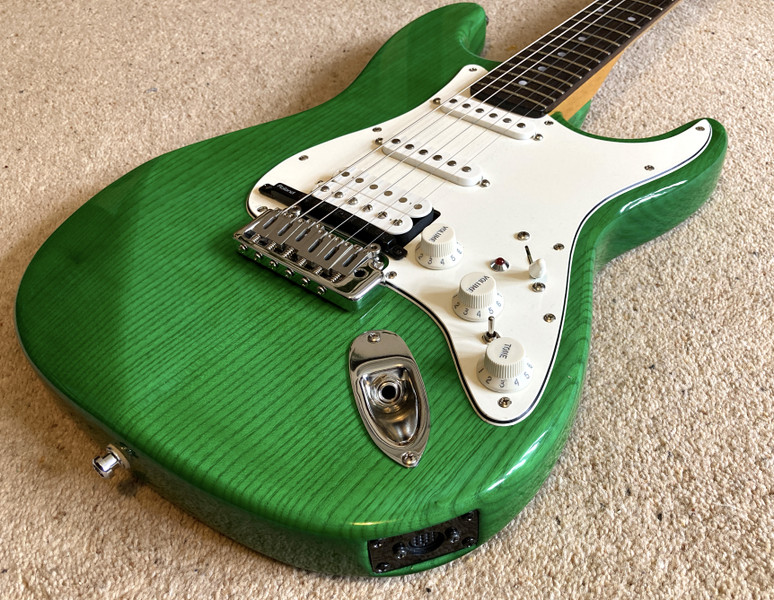Hi MMD. Fellow Brisbanite (Brisbanian???) here.
A maple fretboard is standardly finished with the same finish material as the back and headstock. It can applied by either spraying or by hand with a wipe-on product such as polyurethane, other polymerising oil (eg: Tru Oil, Tung Oil etc).
Poly can be purchased in rattle cans if you have a suitable pace to do so. There are also various lacquers available in spray cans as well if that's your preference.
I have not done a PBG ST, but IMO comparing the quality of a kit build vs a factory-produced Squier is a bit like apples and oranges, and there are varying levels just within the Squier brand. Are you talking Bullet? Affinity? Classic Vibe? Deluxe?
A
kit guitar can indeed be better, but with a heap of caveats, first being the builders ability to finish the raw wood parts, assemble and properly set it up and of course hardware choices. A large part of BYOG is the ability to customise to your exact (or near) specs. With typical a Squier, you get what you get as far as colour choice, hardware etc.





 Reply With Quote
Reply With Quote



 .
.